For Candice Lau, it’s a maker’s life
If you believe in fate, then the moment that fate came knocking for Candice Lau was just before Christmas in 2012.

Lau, a graduate of both the Bachelor of Design and Visual Communication and the Master of Design at UTS, was living in London. Since finishing university, she’d spent nearly 10 years working as a graphic, digital and motion graphics designer, but what she really dreamt of doing was working with her hands.
That Christmas, her then-boss gave her an industrial sewing machine and a colleague gifted her a single piece of leather. From there, Studio Candice Lau was born.
“I just really loved working with leather from that moment on,” Lau says.
“I remember booking myself into a weekend course just to do a little bit of leatherwork for fun and I just loved it so much, I didn’t want to stop.”
Today, Studio Candice Lau is an award-winning leatherwork practice known for its colourful backpacks, tote bags, handbags and accessories, as well as for the maker workshops Lau runs for both hobbyist and corporate clients. In addition to producing her own pieces, Lau also works on commissions and collaborations for high-end clients, including Lacoste, Pilsner Urquell, Farrells Architects, and House and Garden magazine.
Her current collection, called Felix, is a series of backpacks, tote bags, handbags and accessories made from blue, yellow and grey Italian cow hide (there are some canvas options available too).
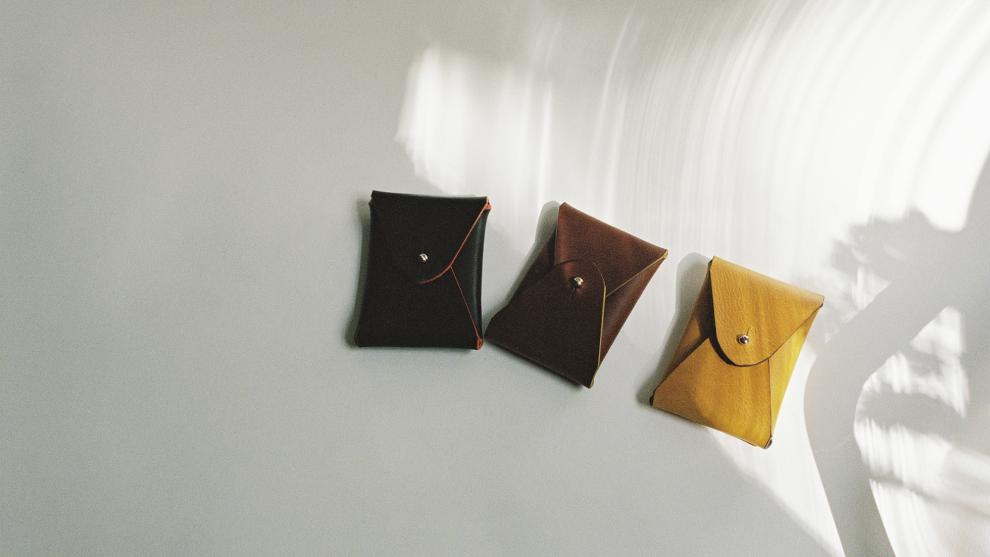
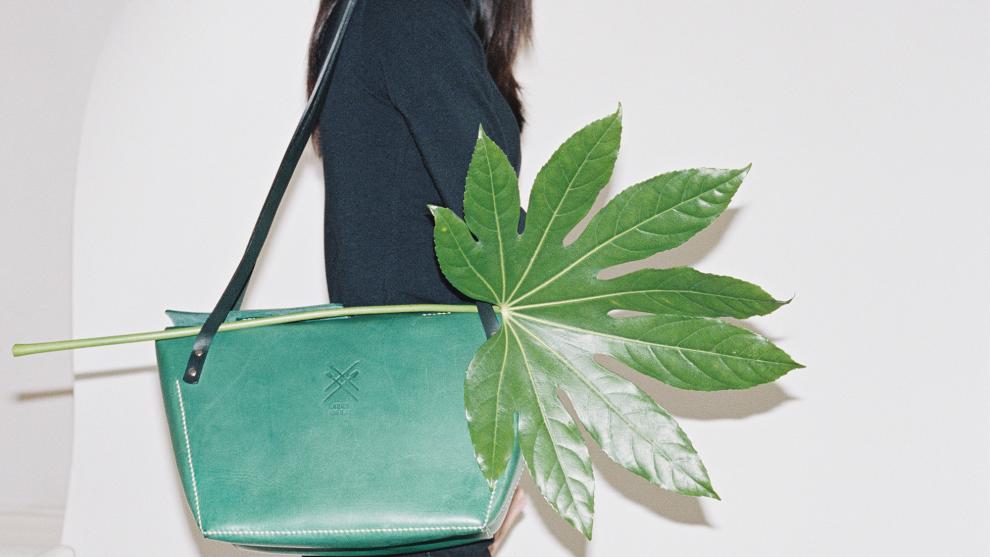
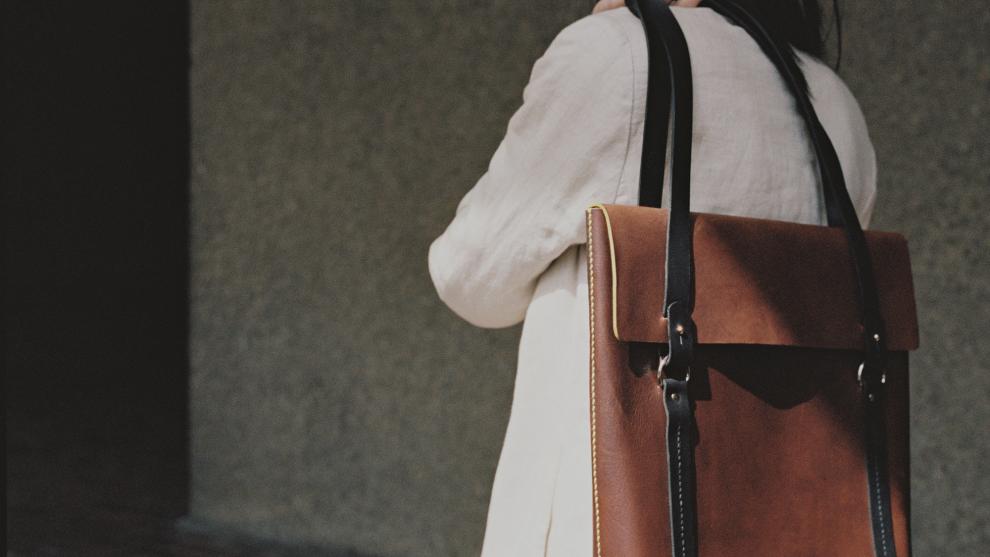
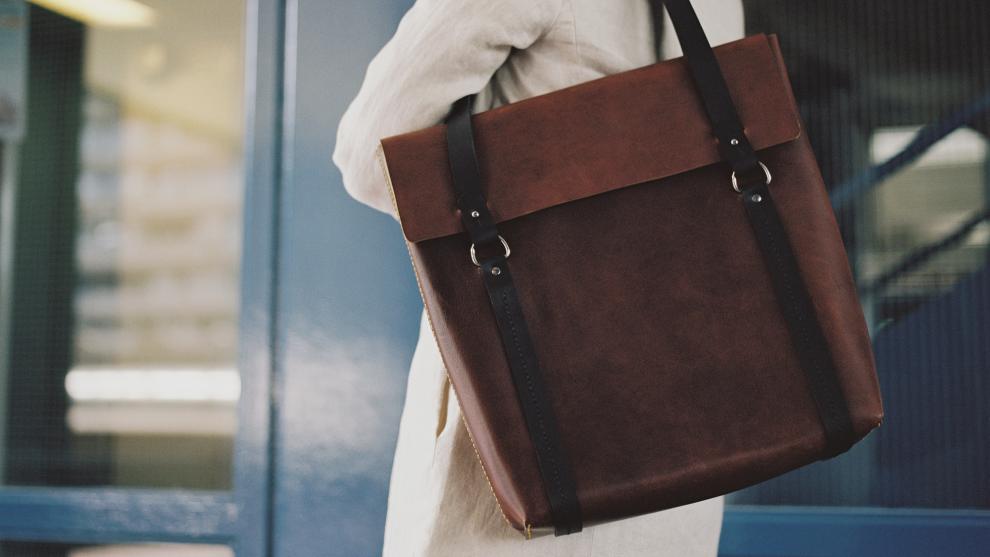
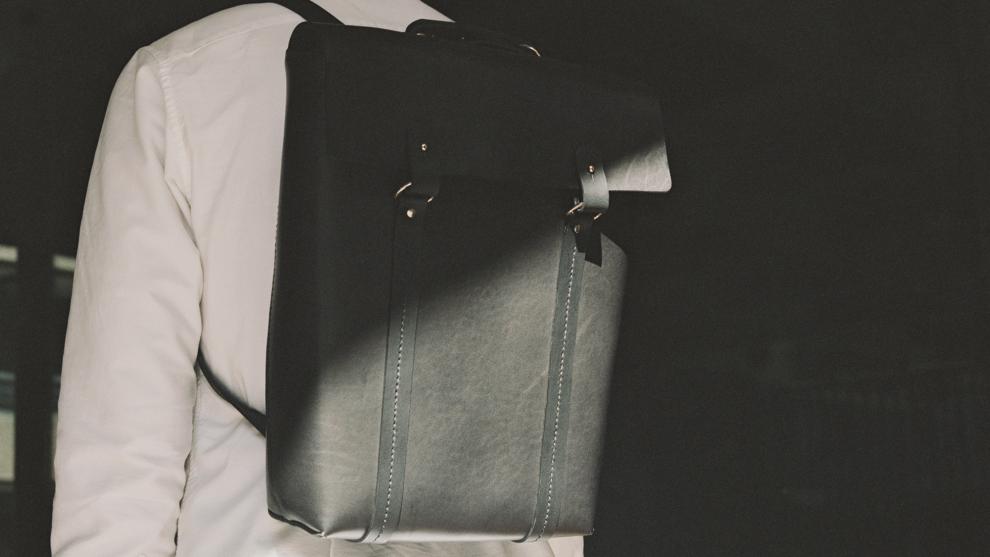
“If I was to compare myself with the other bag makers, they tend to go a very traditional route using the tans the blacks and the browns and exploring different colours in a very traditional way,” Lau says. “I like to think that because I’ve had my graphic design background, that I perhaps explore shapes and colours a lot more.”
The business evolved organically – Lau started out offering workshops and then moved into commissions, creating bespoke pieces for companies and corporate clients. After a couple of years, she won the Cockpits Arts and Worshipful Company of Leathersellers Award, which gave her a subsidised workspace in the Cockpit Arts Studio in London, as well as access to high-end leatherworking equipment and business development support.

“It’s actually a business incubator, and they really support crafts and craftspeople. I’m basically situated in a building full of other makers and designers,” she says.
“I think often with a small business, it’s hard to know what the standards are and what the market is after. Cockpit Arts really supported me in that – they have workshops to each finance and marketing and all these really great things to help you elevate your position as a maker.”
Like many design graduates, Lau hasn’t walked a linear path to get to where she is now. She says her undergraduate degree was highly experimental, giving her the opportunity to explore her ideas and interests across a range of design disciplines. But it was her Master of Design project – an interactive museum exhibition about Estonian history – that really became a guiding force in her creative life.
“In terms of UTS, it was an amazing, amazing time of my life,” she says.
I really loved doing my master’s and I really loved the outcome of my master’s because it was really a combination of working digitally and creating something physical. That really informed what I do now.
If it took Lau some years to find her feet, it’s a journey that’s now paying handsome dividends. In addition to the Cockpit Arts and Worshipful Company of Leathersellers award, which she’s now won twice, she received a Highly Commended citation in the 2017 Maker of the Year Award from the Heritage Craft Association. She was also awarded the high-profile Queen Elizabeth Scholarship Trust (QEST) award in 2017, through which she spent three months in Florence furthering her leathercraft training.
Next, she’ll be featured in a series of maker videos that will be shown at luxury department store Harvey Nichols. Her first book, The Leathercraft Handbook, will be published in 2020.
